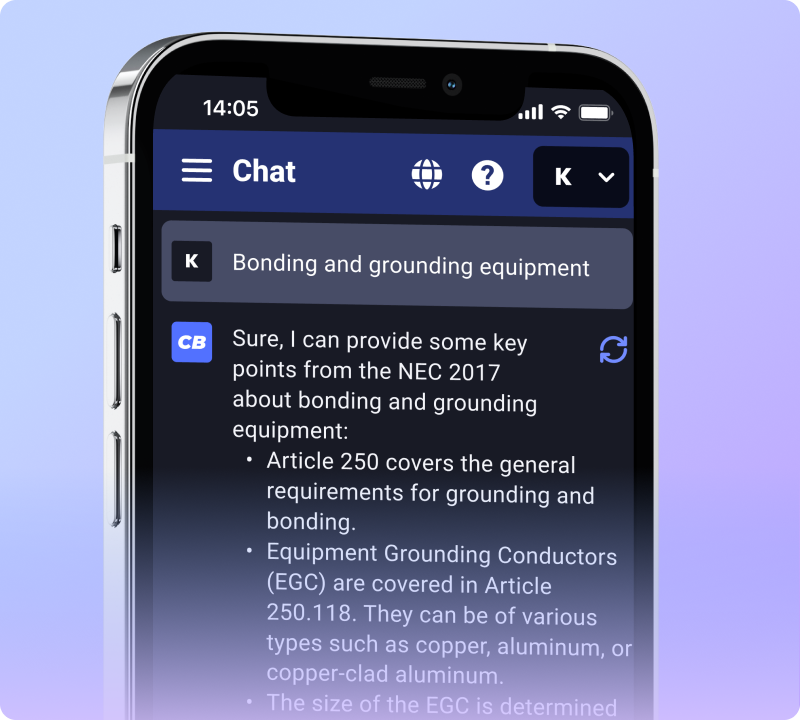Choosing the right height for an electrical panel is a common concern. The National Electrical Code (NEC) sets clear standards for this. Our article will guide you through setting up your breaker box safely and within easy reach.
Keep reading to learn more!
Key Takeaways
- The National Electrical Code (NEC) requires the top of breaker panels to be no more than 6’7″ high so people can reach operating handles easily in emergencies.
- Panels must have at least 3’6″ of clear space from the bottom to the floor, preventing blockages and ensuring easy access for maintenance or urgent shutoffs.
- In places like New York City, electrical panel heights follow NEC rules too, aiming for the top switchgear not to exceed 6’7″.
- The placement should avoid hard-to-reach spots and not require tools or ladders for access or operation, promoting safety and convenience for everyone.
- Following both NEC and Occupational Safety and Health Administration (OSHA) guidelines helps prevent electrical hazards by ensuring panels are within safe reach without obstacles.
Importance of Proper Electrical Panel Installation
Proper electrical panel installation plays a huge role in keeping your home safe and your electricity running smoothly. Faulty setups can lead to dangerous situations like electrical shock or even fires.
For homes upgrading from a 100 to 200 amp service, new wires are a must to handle the increased power safely. Panels placed too low, such as 17 inches off the floor, have raised concerns among safety experts.
Safety first! Installing electrical panels at the correct height not only follows NEC guidelines but ensures worker safety and easy access.
Keeping everything up to code is essential for avoiding legal issues and ensuring that electricians can do their jobs without extra risks. Now let’s examine what the National Electrical Code (NEC) says about ideal electrical panel heights.
Standard Height Requirements for Electrical Panels
What’s the ideal height for electrical panels? It impacts safety and accessibility.
Minimum and Maximum Height Guidelines
The National Electrical Code (NEC) sets specific rules for electrical panel placement. It says the highest point of a breaker panel should not be more than 6’7″ off the ground. This rule helps make sure operating handles on main-breakers are easy to reach in case you need to quickly turn power off.
On the other hand, there must be at least 3’6″ between the bottom of the panel and the floor. This space is important so that nothing blocks access to your electrical controls.
In New York City, these guidelines also apply, but with a special note for residential areas where the topmost switchgear shouldn’t go past 6’7″. Across various places, panels put up in recent years stand about 4’6″ high at their top edge.
Following these height recommendations from NEC and IRC ensures safety and keeps breaker boxes within reach without needing steps or tools to operate or inspect them during maintenance checks or emergencies.
Factors Influencing Electrical Panel Height
Factors affecting electrical panel height include accessibility and safety regulations. Consider the placement to ensure ease of access and compliance with safety standards.
Accessibility
Making electrical panels easy to reach is crucial. They need to be set up where people can comfortably use them for upkeep and checks. This includes placing them away from hard-to-reach areas like crawl spaces or behind heavy appliances such as washers and dryers.
The idea is that someone should not have to strain or use a ladder just to flip a breaker switch or reset the panel.
The National Electric Code (NEC) suggests mounting panels so they are readily accessible, meaning no obstacles block the path to them. Also, following Occupational Safety and Health Administration (OSHA) guidelines ensures that these setups are safe for workers in workplaces as well as homes.
Keeping panels at a proper height helps avoid potential fire hazards by making sure circuits can be quickly turned off during an emergency without delay.
Safety Regulations
Making sure electrical panels are easy to reach leads us to how important it is to follow safety rules. The NEC tells us the highest an electrical panel should be is 6’7″. This rule helps keep people safe from electric shocks and other dangers.
By sticking to this height, we make sure that emergency services can quickly turn off electricity if there’s a fire or another emergency.
Safety in the workplace also means not putting panels too low. For mobile homes, the lowest you can go is 24 inches above the floor. This stops water from getting into the panels and causing problems.
It also makes it harder for small children to touch things they shouldn’t. Following these guidelines keeps everyone safer and helps avoid legal issues for breaking safety codes.
Conclusion

What have we learned about the ideal electrical panel height? The NEC doesn’t set a minimum for main distribution panels. Yet, the IRC mandates a 6-foot-5-inch minimum. It’s crucial that electrical panels are easily accessible and pose no safety risks.
The handle height should be around six and a half feet from the floor to meet safety standards effectively.

